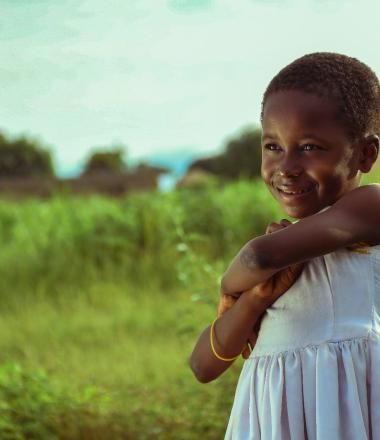
About Us
Who is World Vision?
WHO WE ARE
World Vision is a Christian relief, development and advocacy organization dedicated to working with children, families and communities to overcome poverty and injustice. Inspired by our Christian values, we are dedicated to working with the world’s most vulnerable people. We serve all people regardless of religion, race, ethnicity or gender. Our integrated focus is that We are Christian, Child-Focused and Community Empowering. https://www.wvi.org/video/world-vision-who-we-are
OUR HISTORY
World Vision (WV) started working in Ghana in 1979 with Community Development (CD) Projects across all regions in the same year. In 1985, the Ghana Water Rural Project started with funding from USAID. World Vision Ghana in 1992 shifted its approach to Area Development Programme (ADP) covering a cluster of communities and corresponding to district boundaries which led to the phase out of CD projects in 1998. In 2019, WVG operates 22 Area Programmes and grant projects in 34 districts across 14 out of 16 regions of Ghana.
OUR VISION
Our Vision for every child, life in all its fullness: Our Prayer for every heart, the will to make it so.
HOW WE WORK
World Vision Ghana's approach to work is community-empowering. All Programmes work in close collaboration with national and local level partners including Churches, other Faiths, District Assemblies and their decentralized government departments, Non-Governmental Organisations (NGOs), Community-Based Organisations (CBOs) and Faith-based Organizations (FBOs), youth groups, women groups and vulnerable groups at the community level.
OUR STRATEGY
The goal of World Vision Ghana’s FY2021 -2025 Strategy is that by 2025, World Vision would have contributed to the sustained well-being of 3.3 million vulnerable children, their families and the communities in which they live. The strategy would be delivered through four (4) Technical Programmes, which include:
- Health Environment and Wellness (HEAL): All children, especially the most vulnerable children and their families, have improved and sustained clean environment and safe water, improved health and nutritional status of children, increased economic opportunity of households to enhance access to WASH and Health services and also improved advocacy and accountability child protection and disaster resilience. (Target: 1 million most vulnerable children).
-
Livelihood Improvement and Family Empowerment (LIFE): Most vulnerable children and their families would build and maintain positive and peaceful relationships. By improving life skills, good governance for child protection, improved connection with God and neighbours, and improved livelihood and resilience for sustained child well-being. (Target: 1 million vulnerable children within families and communities by 2025).
-
Reading Improvement and Skills Enhancement (RISE): Most school-age vulnerable children thrive and are able to read and comprehend grade-level texts. By enhancing the school environment and teacher support. Improved community networks and support of children especially out-of-school children. (Target: 1.3 million school-age vulnerable children).
-
Community Engagement and Sponsorship Plan (CESP): All vulnerable children’s families and communities will have improved well-being. Through strengthening the participation of communities men and women, children and stakeholders in child sponsorship projects.